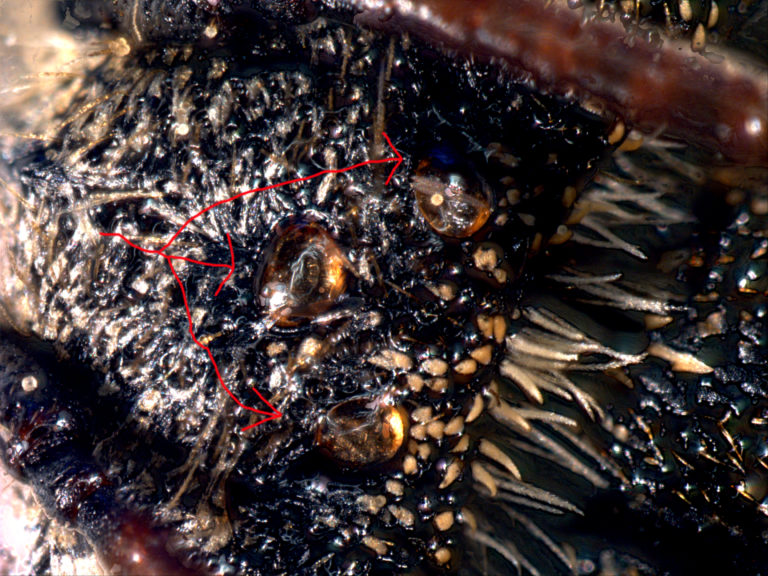I thought rather than creating separate posts I’d just start a single one showing off some of the weird and wonderful guys that we share this planet with.
I’ll update this as often as I find interesting animals to discuss.
If you know of any, get sharing.
I’ll start with snakes.
Get comfy and enjoy… 
Copperheads (Agkistrodon contortrix)
The Waldo/Wally of the snake world
Yes there is a snake in that picture… Can you find it?
Copperheads are a species of venomous snake, a pit viper. Like all pit vipers, the Copperhead is generally an ambush predator; it takes up a promising position and waits for suitable prey to arrive.
To read more click here.
When hunting insects, copperheads actively pursue their prey.
Juveniles use a brightly colored tail to attract frogs and perhaps lizards, a behavior termed caudal luring.
Like most viperids, these snakes prefer to avoid humans and, given the opportunity, will leave the area without biting. However, unlike other viperids, they often “freeze” instead of slithering away, and as a result, many bites occur due to people unknowingly stepping on or near them.
Copperhead venom has an estimated lethal dose around 100 mg, and tests on mice show its potency is among the lowest of all pit vipers, and slightly weaker than that of its close relative, the cottonmouth.
Spider-tailed Viper ( Pseudocerastes urarachnoides )
the spider-tailed horned viper has a unique tail that has a bulb-like end that is bordered by long drooping scales that give it the appearance of a spider. The tail tip is waved around and used to lure insectivorous birds to within striking range.
To read more click here
Like other vipers in the genus Pseudocerastes , the scales above the eyes rise up to give P. urarachnoides a horned appearance
The scales on the sides of the tail are elongated and appear like appendages of an arthropod. The tip of the tail is inflated into a bulb-like shape.
Blunt-head tree snake ( Imantodes cenchoa)
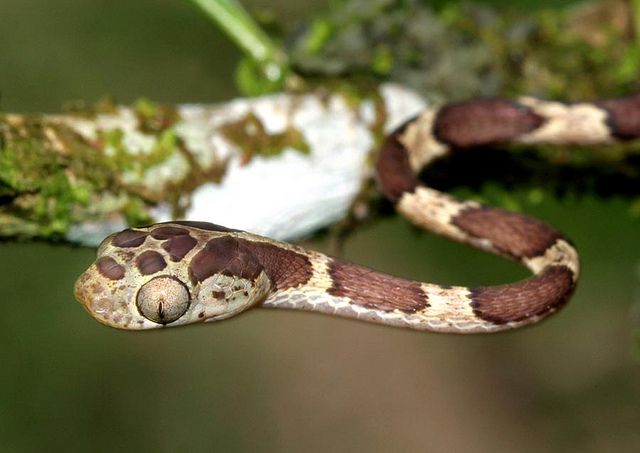
The Blunt-head tree snake is a species of rear-fanged colubrid snake distributed in Mexico, Central America, and South America.
Click here to read more
Blunthead tree snakes average about 800 mm (31 in). Maximum length is about 1.5 m (4 ft 11 in).
Most snakes found around the world are known to have very poor vision and rely mostly on their smell and vibrations to detect signs of prey and predators. Arboreal snakes have much better vision among other classes of snakes. Blunthead tree snakes on the other hand, have vertical slits for pupils which allow for the snake to look down. This trait is what give the blunthead tree snake such an advantage over other snakes. Their eyes make up approximately 26% of its head.
These snakes are oviparous or egg-laying animals that have little or no embryonic development within the mother.
Interesting pictures:
Snake Embryo (I’m unsure of the species, if anyone has any idea it would be nice to know.)
Rattlesnakes rattle
3-eyed snake
Not all snakes just eat rodents
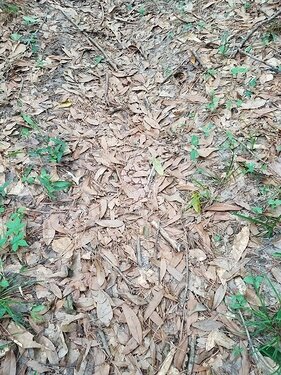
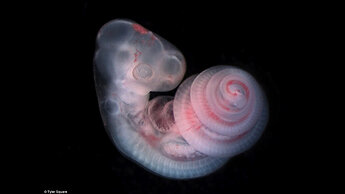
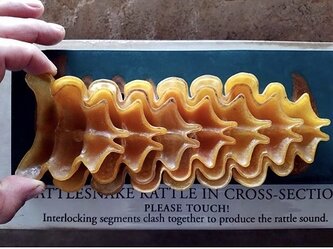
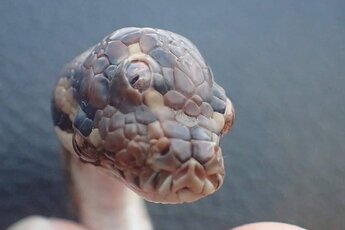
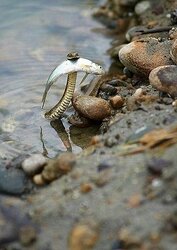
 that is something pretty close to what i had pictured as well, so don’t feel bad. That or basically something like a babies rattle.
that is something pretty close to what i had pictured as well, so don’t feel bad. That or basically something like a babies rattle. 



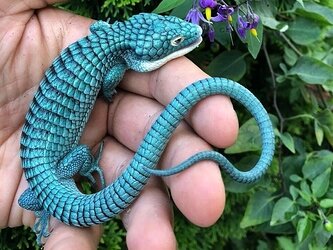
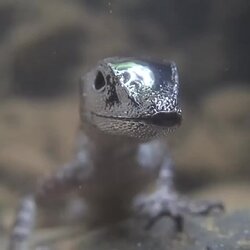




 thank you for sharing.
thank you for sharing.